Traditional use of natural resources defines community

This report is part of a series from within the Río Culebra Watershed. Read part one here and part two here.
COSTILLA COUNTY, Colo. — In 2008, near the slim mountain funnel where the Embudo River flows into the Río Grande in northern New Mexico, the late acequia scholar Juan Estevan Arellano put a glass of high-shelf tequila — from what I understand, the only kind he kept on hand — in front of my place at his kitchen table. I had a notebook, audio recorder, and now, a heaping glass of Mexico’s finest.
It was paired with a slice of fruit pie created by Arellano’s wife, Elena — easily the best I’d ever had.
Arellano, an esteemed ecological researcher and writer, wasn’t shy about his take on issues facing acequias. Nor did he dilute his reflections on the relationship he witnessed throughout his lifetime between northern New Mexico and an unwelcome welfare state, a lifestyle bridled by bucked land grants, unfulfilled treaties, loss of lands and water rights, and the ongoing effects of colonization his own lineage both experienced and perpetuated.
He also wasn’t shy in admonishing my tequila consumption. I’d taken the glass in one swig. Arellano was not impressed. He poured another, harshly suggesting a re-do — “No, no. Sip it.”
By the time the glass was empty, the table was filled: with maps, books, and relics from Arellano’s travels and discovery of his own Spanish and Indigenous roots. By day’s end he’d shown me the fruit trees the pie had come from, alongside other trees, shrubs, vines, herbs, berries, and Arellano’s own rock formation sculptures, all arranged in tandem to create microclimates within 12 terraces of irrigation winding through his yard. The variety — pears from Asia, Russian apricots, citrus, miniature apples — a result of careful tending, a palate created with support from the acequia.
As important to Arellano as maintaining culinary customs was advancing the hunger for them. Recipes and food preparation, he said, are just as important as seed saving and documenting agricultural practices.
Similarly, he saw the acequia system he spent his life devoted to as requiring layers of participation. Arellano encouraged showing up on behalf of water, participating in the system, and understanding yourself as a part of the whole.
“If someone along the acequia line isn’t functioning well and isn’t doing what they have to, it’s going to affect everybody else,” Arellano told me that day. “The parciente is the most important element of the acequia. If every parciente is involved because they are using the water, you’ll have a strong acequia.”
Arellano served as council member of the New Mexico Acequia Association and on the Comísion and as Mayordomo of the Junta y Ciénega acequia that watered his lands.

The acequia tradition of irrigation migrated north as early villages were established in then-Mexican territory. What is now southern Colorado was initially New Mexico territory, then became separated from its shared traditional and cultural roots, history, language, and ecology when the Colorado territory needed the 7,000-person population of the region to meet the minimum requirement for Statehood.
“It severed a relatively small community from its heritage and cultural base in New Mexico,” said Gregor MacGregor, a water attorney who currently serves as director of the Acequia Assistance Project, a pro bono legal service supporting traditional acequia water users in southern Colorado.
In New Mexico, some 600-700 acequias are in operation, a total voice used legislatively for decades to secure cultural recognition and funding.
“That arbitrary geographic line severed Colorado’s acequias from being able to take advantage of all that,” said MacGregor. “New Mexico has been able to do a better job with recognizing acequias as governance structures and through property rights.”
Affecting a far less total landscape, and in isolated areas, the acequias of what is now Colorado also work hard to flag down recognition. Support from lawmakers materialized in 2009 and 2013 when Colorado enacted protections for acequias within Costilla, Conejos, Huerfano, and Las Animas counties, noting the waterways as ”essential foundation for the sustenance of the local economy.”
The laws established an acequia’s right of first refusal if someone wanted to transfer water out of the system. It also allows for customary uses, like superseding the State’s priority system to share water in times of scarcity.
“What sparked the desire for the acequia law was a divorce case,” said Sarah Parmar, director of conservation at Colorado Open Lands. Against a traditionally-held notion that a local water right is inextricably tied to the land, “the judge awarded the land to the husband, and the water to the wife.”
“It was a wake-up call,” said Parmar, whose organization strives to preserve natural heritage through public and private partnerships and conservation strategy.
Parmar and others worked to organize a local day-long Congreso to support water and acequia education in the greater San Luis community. The Acequia Assistance Project, a student-led endeavor of the University of Colorado – Boulder, was co-created to provide low and no-cost research and representation for acequia water rights issues.
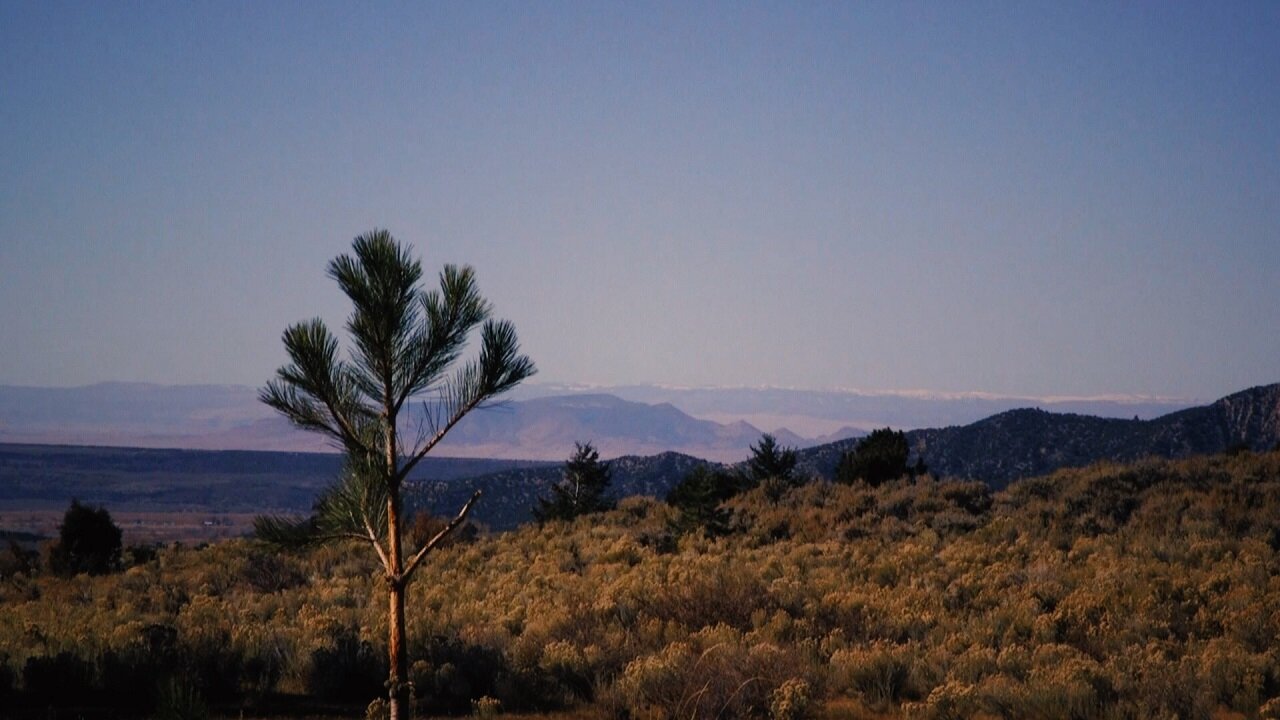
In order to activate Colorado’s legislative protections, acequias must have bylaws, solidifying on paper an “oral history of acequia governance, where everyone just kind of knows what’s going on,” said MacGregor.
Over the last decade, under guidance of supervising attorneys, law students have worked alongside local acequia users to create and amend bylaws, research titles, and go to water court on behalf of rights that were never adjudicated.
“It’s a unique project,” said Parmar. “There have been a lot of successes.”
The process of creating bylaws among neighbors “brings up important communication between members of the community about their agreements on traditional practices, and what they want for the future of the acequia,” said Parmar.
“We’re here to enable people to make decisions,” MacGregor said. “We’re using our skill set in service of a community to chart their own way.”
MacGregor’s personal motivation to ensure acequia protections for future generations comes first hand, with knowledge of what can be lost.
He recounts family history in the Arkansas River Valley, where, by the 1970s, the farm economy notoriously dried up after major sale of water rights to cities including Colorado Springs and Aurora.
“I recognize what we’re doing in San Luis is what southeastern Colorado didn’t do,” he reflects. “The community in San Luis is coming together in a way that didn’t happen on the Arkansas River.”

Yet factions within acequias exist, and the work doesn’t always come to fruition. Individual holdouts have at times postponed or halted altogether the adoption of bylaws for an acequia, MacGregor said.
In a place where the Treaty of Guadalupe Hidalgo is less of a memory, “There are parts of the community that have internalized the fight and the threat so much, that people don’t want to talk to anyone, because they’re worried about any information getting out,” said MacGregor, “and a possible outside threat using that against them somehow.”
You don’t have to look far to find reasons why. Still, the successes outshine the difficulties, said MacGregor.
“Community solidarity and community action can overcome individual hardships,’ said MacGregor. “Through how proactive this community has been, they’ve set themselves up to be able to maintain their culture into the future. I don’t think that’s ever highlighted quite enough — the community’s own agency and success.”
A lifestyle in cotangent with the earth and its water sounds mythical, or idealistic; but the day-to-day is most certainly less romantic than an unexamined notion of the integrity, commitment, and sacrifice required to sustain it.
The algorithm of a parciente’s experience is shaped by the amount of water decreed to their ditch, where along the acequia the property is located, characteristics of the land, what is grown, who neighbors are, if flood or gated pipe, or center pivot irrigation are used, if one has an irrigation well — most don’t — snowfall, rainfall, and more. Runoff on some streams is affected by upstream logging, erosion, or sediment. Even family relations can play a part in acequia function. Each individual weighs their respective formula carefully.
Heralded as a blueprint for self-governance and communal guardianship of natural resources, a compulsion to support the system based on livelihood, cultural and spiritual significance exists.
In his book "Acequia Culture", author José Rivera explains how the acequia ethic is rooted in conservation, including the tradition of sharing water in times of scarcity. Rivera acknowledges that in an era of drought and an age of individualism, the sharing mentality is tough to uphold.
“Acequias have historically had a shortage-sharing system,” said Craig Cotten, engineer for Division 3 of Colorado Division of Water Resources.
“A senior ditch, for instance, can voluntarily decide that they are not going to take their full amount — maybe they'll only take half of their amount, and they can leave half in the stream for someone else,” said Cotten.
During drought years, depending on an acequia’s agreement, water users might be limited to irrigating on certain days each week, or each landowner may receive fewer turns.
“Water sharing is perfectly legal and perfectly allowed under the prior appropriation doctrine,” Cotten said. “Sometimes, though, senior water users don't want to share — for multiple reasons.”
Some parcientes choose not to practice water sharing due to the personal financial strain that may accompany it, noted Parmar.
Challenging colloquial aspects of acequia culture is that “the word ‘drought’ is no longer applicable,” as MacGregor said. “It’s been 22 years.”
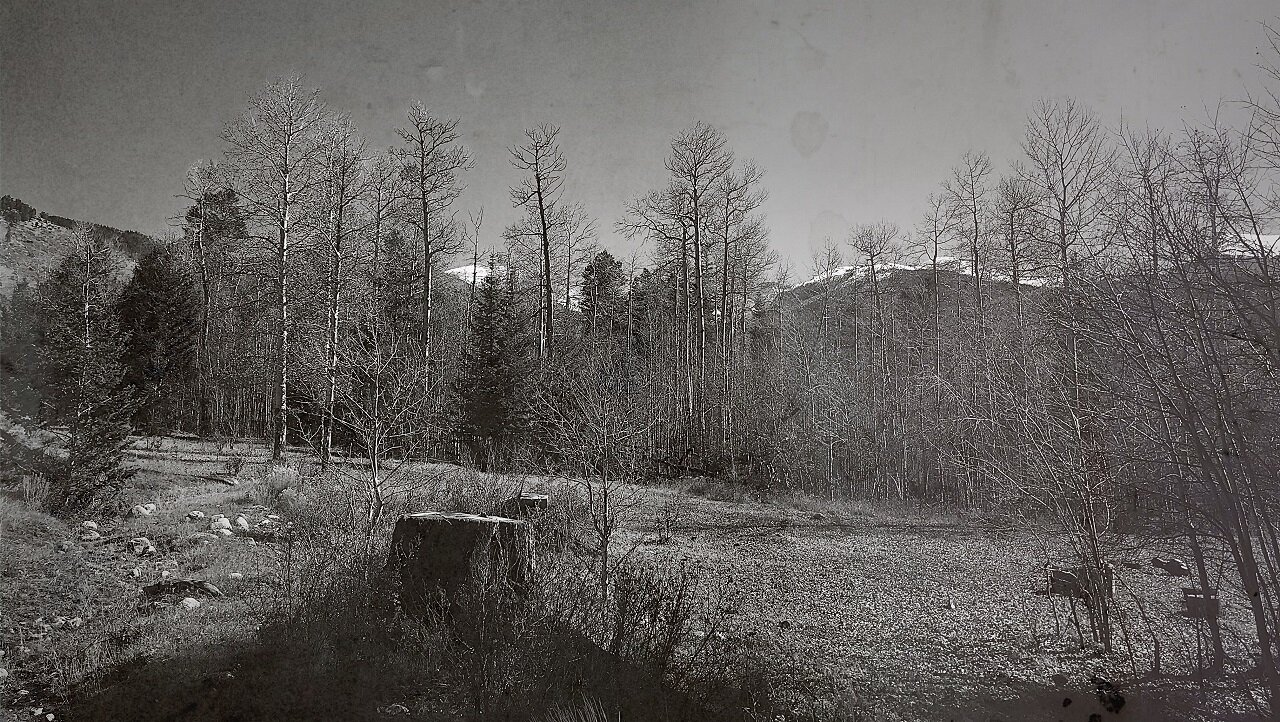
To be from San Luis is to sometimes be the exception to the rules of Colorado’s natural resource management, and water is not the only arena.
Access to grazing lands and the collection of firewood and timber on a once-communal Land Grant were recognized by the Colorado Supreme Court in 2002 after nearly 40 years of litigation. The center of the Venn Diagram between the New World and Old World is still a bit hazy. Those with access to the former Land Grant and the present-day mountain landowner were asked by a District Court Judge in September to figure out how to best administer these hard-won traditional land rights.
“With increasing scarcity, water becomes ever more precious, ever more important,” said Parmar. “The fear is, I think, because of the priority of these rights, that they are going to be increasingly valuable and attractive to outsiders who don’t necessarily share the same value system surrounding the connection to water.”
As an antidote, Colorado Open Lands co-created acequia education and a program of conservation easements.
The easements prohibit the sale of water as separate from the land, and restrict areas of the property that can be built on.
“We’re really thinking about it with the lens of water,” said Parmar, who coordinates the easements. “If we place a conservation easement toward the end of an acequia, we have standing in water court to object to potential changes in use along the course of that acequia. We can help defend it.”
“If there’s a community that has a more natural propensity toward conservation, I don’t know what it is,” said Parmar, who grew up on a ranch along the Arizona-Mexico border.
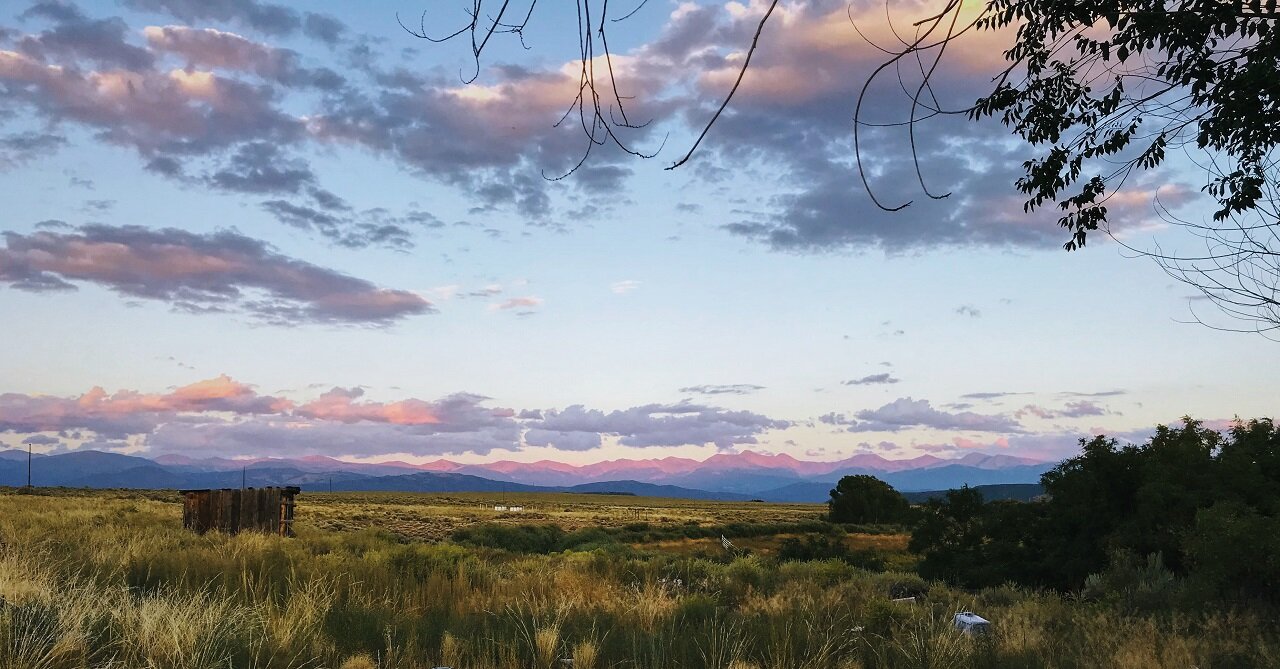
Today, many farmers and ranchers are shifting their outlook, and their operations.
“There’s some dire projections out there that we might not have near as much water as even we have now — and now, we don't have enough water,” said Cotten.
Arnie Valdez, at the tail end of a 13th-priority acequia, experiments with gated pipe to more concisely direct flows onto fields, and is looking at crops that require less water.
“We’re more vulnerable out here,” said Valdez. “We don’t have access to a first priority water right, so we have to accept what nature brings to us every year.”
“You have to really, really have a desire to do farming and agriculture,” acknowledged Amyas Maestas, 18. “You have to be a certain person to do it.”
Maestas is an eighth-generation acequia farmer supporting his education through the Move Mountains Youth Corps.
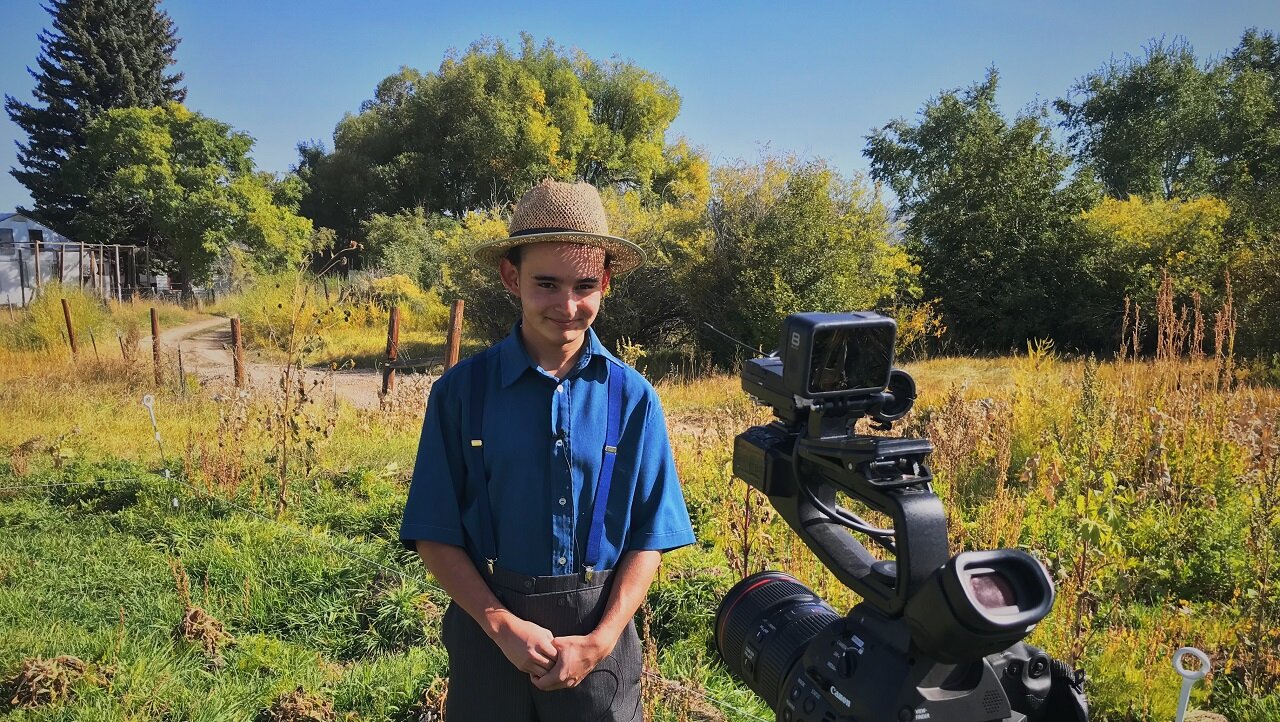
“I guess you could call me a beginning farmer at this point,” Maestas laughs from his field. “I just love the beauty in it, and seeing everything grow, and the fruits of your labor. I just enjoy it so much — I’d like to make it as my life.”
“A lot of the youth are willing to learn,” Maestas said.
“The tradition of being a land and water-based people, of teaching your children that this water is what gives us and our villages sustenance — it’s invaluable,” Martinez said. “It’s something you pass from one generation to another.”
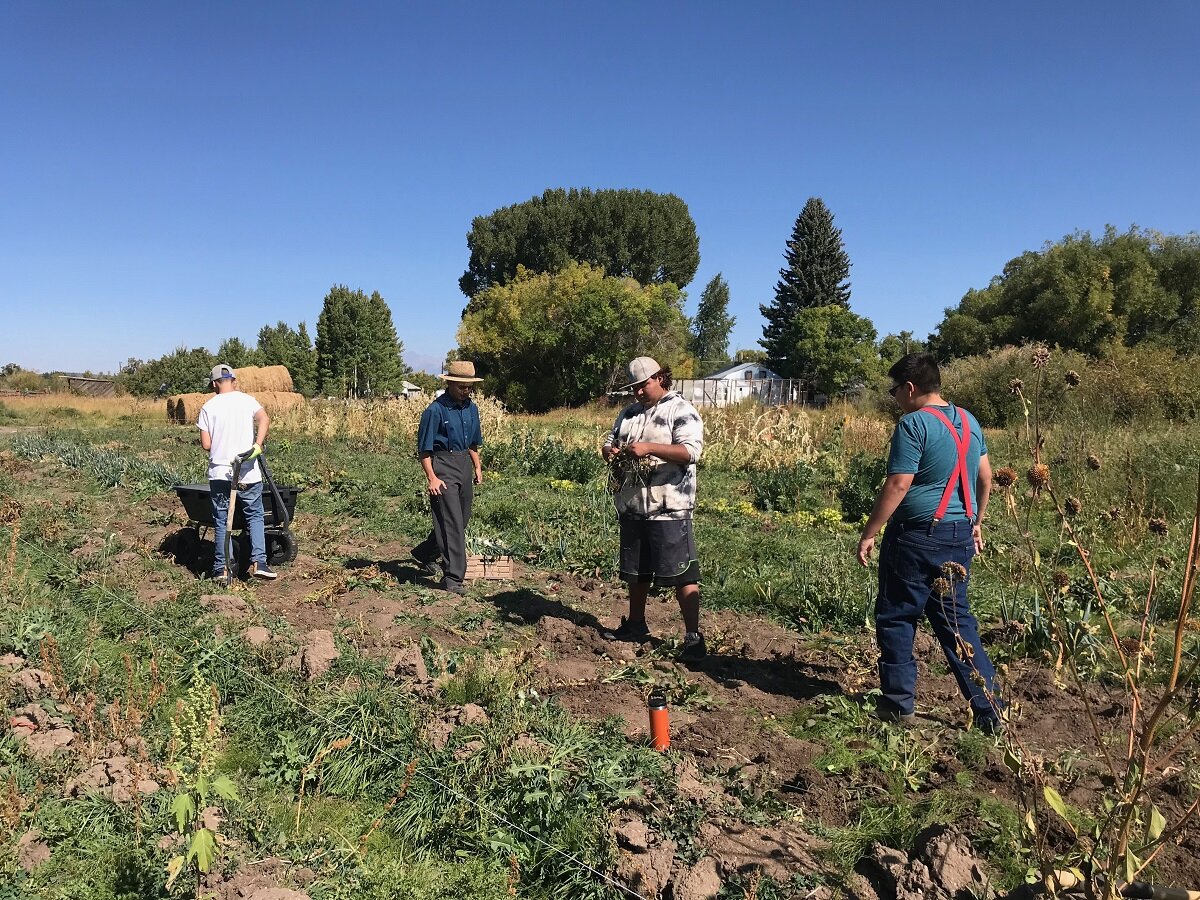
Some entities are looking toward a revitalized local economy with the acequia system at its heart, using the State’s recognition to augment business and community plans.
For example, “the town of San Luis would like to put significant investment into restoring the Montez ditch, and have it be a part of a broader downtown revitalization featuring agro-tourism,” said MacGregor.
These measures underscore the importance of the whole watershed system — and its accompanying way of life. In a two-way exchange, as Estevan Arellano intoned: the earth requires our participation.

Kate Perdoni is a multimedia journalist for Rocky Mountain PBS and can be reached at kateperdoni@rmpbs.org.
This report, the third in a three-part series within the Río Culebra Watershed, was conducted through a fellowship with the Gates Family Foundation, Rose Foundation, and Rocky Mountain PBS.
Previous Stories
For many in Colorado, water is expected, and the extent of connection is simply turning on a faucet.
In the Río Culebra Watershed, relationship to water is personal. Acequias are physically diverted by hand and water is manipulated onto fields with manual labor. Farmers and ranchers work alongside variable limitations, weather, and ecology every day to manage the communal system.
Here, it’s not taken for granted.
“We’re living on the hope that we’re going to get the resources of snow and enough rainfall every year,” said Junita Martinez, a local land and water rights holder. “If we don’t get it, water becomes very scarce.”
Acequias are calibrated to survival, and they enrich life – brightening the landscape, providing habitat for birds and creatures, and extending habitable living space in-between an otherwise desert, sage-brush terrain.
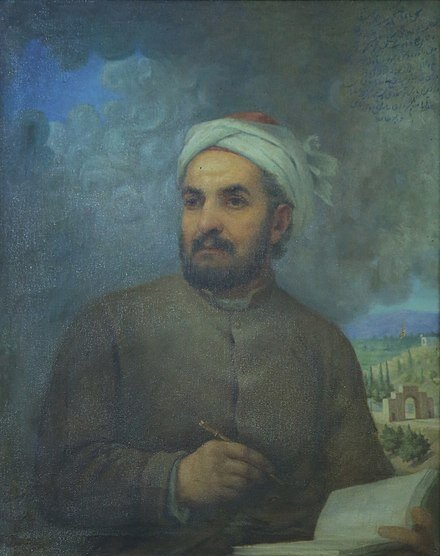
"In many parts of this world water is
Scarce and precious.
People sometimes have to walk
A great distance
Then carry heavy jugs upon their
Heads.
Because of our wisdom, we will travel
Far for love.
All movement is a sign of
Thirst.
-Hafiz
